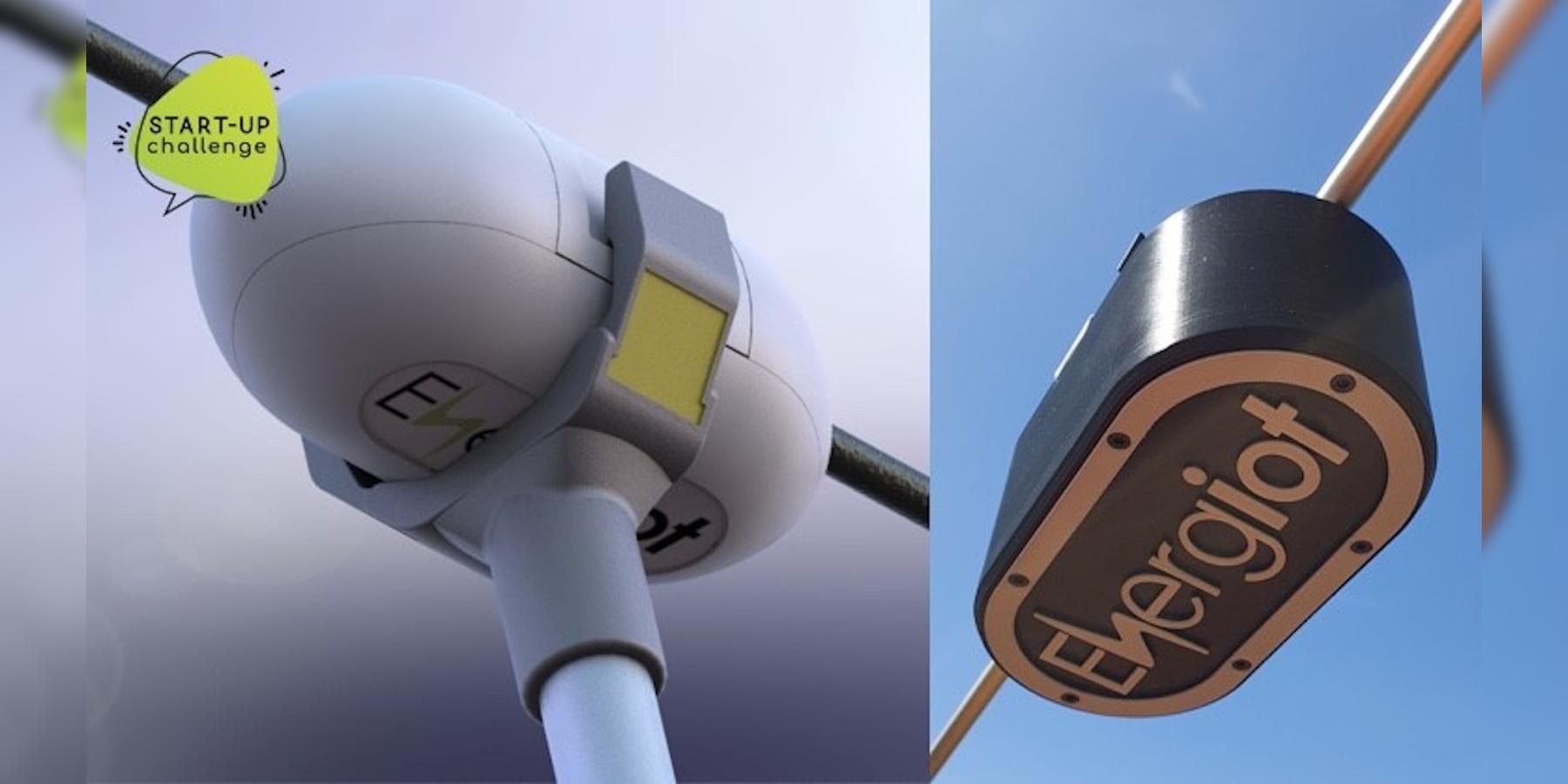An autonomous device to protect birds from power lines
Energiot, a spin-off of the CSIC has developed a device to prevent the electrocution of birds on power lines and prevent accidents due to these causes.

Energiot, a spin-off created by scientists from the Barcelona Institute of Microelectronics (IMB-CNM) of the CSIC, has developed an autonomous device to scare birds away from electrical networks and thus prevent their electrocution and related accidents. The development has earned the creators the ‘CHALLENGE’ Avifauna Protection award from Iberdrola.
The device is equipped with sensors that, when detecting the presence of birds near the lines, trigger an alert and this, in turn, a sound wave that scares the animal away. Thus, the device prevents electrocution of the bird and electrical accidents derived as a failure in the network.
A preliminary report from SEO / Birdlife in 2020 estimated that up to five million birds could be being electrocuted annually by power lines. Many of these birds are threatened or endangered species, especially raptors. It is not only a serious environmental and ecological problem, but also a possible cause of accidents, with results that can also be very serious.
In addition to protecting the birds, the device allows the status of the line to be monitored in order to prevent other potential failures. The system is energetically autonomous. On the one hand, it uses a technology patented by Energiot, which captures energy from the magnetic field of electricity circulating through the cables and, on the other hand, it has a 20-watt solar panel (power similar to that of a mobile phone charger) that powers a battery.
As Gonzalo Murillo, CSIC researcher and main architect of Energiot explains, the device is now being validated in Iberdrola's electrical network, but they are also conducting pilot tests in New Caledonia (a Pacific island belonging to France) for other uses such as outage detection and line ampacity monitoring - ampacity is the maximum current that a conductor can carry under normal use conditions. The spin-off is also closing other pilot projects in Spain, Europe and Brazil for different electrical applications.el dispositivo previene la electrocución del ave y los accidentes eléctricos derivados como un fallo en la red.
Internet of Things
Energiot uses the Internet of Things (IoT) to monitor utility networks without maintenance. They make this possible thanks to a piezoelectric technology, patented by them, which allows them to “harvest” the residual energy that is given off from vibrations or magnetic fields.
As Gonzalo Murillo explains, these are small amounts of energy, just a few milliwatts, but "enough to power the small devices that will form the so-called internet of things." The idea of the Internet of Things (IoT) is to interconnect this entire network of sensors and allow intelligent management of cities and public services, which allows reducing costs and operating more efficiently.
Smart grid management
"Our research is aimed at the dynamic management of the electricity grid (Dynamic Line Rating or DLR)", explains Gonzalo Murillo, "which allows managing the transmission of electrical energy in real time, balancing consumption and generation, one aspect at a time. more critical with the growing integration of renewable sources, and manage and rebalance the distribution of electricity". It is estimated that in Spain there are more than a million kilometers of power lines (2.6 times the distance to the Moon), with lines of up to 240 thousand volts. These are facilities that require practically 100% reliability, but which are very difficult to access and costly to maintain, and in which accidents can occur due to overloads in the network or due to electrocution of animals, failure of the insulators or other causes. .
The intelligent management of this network means being able to control and distribute the circulation of electric current based on energy consumption and supply. To explain it, "we often say that it is the google maps of electricity," says Gonzalo Murillo. "Before we would go to a destination by road and if there was traffic congestion you couldn't foresee it. Now, the GPS alerts you to congestion and you change the route to a better option. This is what is sought with the intelligent management of the electricity grid: rebalancing the distribution and transmission of energy based on the generation of renewable energy at that time and the circumstances and capacity of the lines, also dependent on environmental factors".
To do this, the objective is to provide power lines with low-cost autonomous devices such as the one they have developed, which allow a global and transparent deployment and which can provide permanent information on the status of power lines and allow predictive maintenance.




